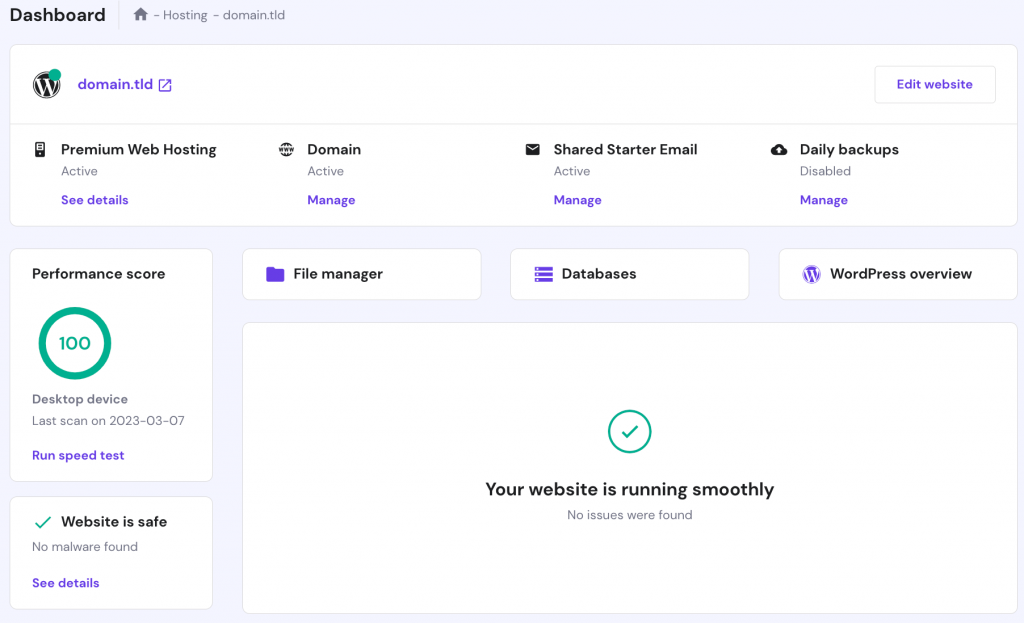Web Hosting on VPS Tutorial
Are you ready to take your website to the next level? If you’re tired of dealing with the limitations of shared hosting, then it might be time to consider VPS hosting. In this tutorial, we’ll walk you through everything you need to know about web hosting on a VPS.
A VPS, or Virtual Private Server, is a powerful hosting solution that gives you more control, flexibility, and resources than shared hosting. With a VPS, you get your own virtual server that’s isolated from other users, so you don’t have to worry about performance issues caused by someone else’s website.
So, how do you get started with web hosting on a VPS? Let’s break it down into simple steps:
Step 1: Choose a VPS Provider
The first step is to choose a VPS provider that meets your needs and budget. There are many VPS hosting companies out there, so take your time to research and compare their offerings. Look for a provider that offers reliable performance, excellent customer support, and competitive pricing.
Some popular VPS providers include DigitalOcean, Linode, Vultr, and Amazon Web Services. Consider factors like server location, available resources, scalability options, and additional features like backups and security.
Step 2: Set Up Your VPS
Once you’ve chosen a VPS provider, it’s time to set up your virtual server. Most VPS providers offer easy-to-use control panels like cPanel or Plesk, which make it simple to configure your server settings, install software, and manage your websites.
During the setup process, you’ll need to choose your operating system (e.g., Ubuntu, CentOS, Debian) and configure your server resources (e.g., CPU, RAM, disk space). You’ll also need to set up SSH access and create a secure password for your VPS.
Step 3: Install a Web Server
After setting up your VPS, the next step is to install a web server like Apache, Nginx, or LiteSpeed. A web server is software that handles incoming web requests and serves web pages to visitors. Apache is a popular choice for beginners, while Nginx is known for its speed and performance.
Depending on your chosen web server, you’ll need to install additional software like PHP, MySQL, and PHPMyAdmin to create dynamic websites and manage databases. You can use the command line or a control panel to install these packages on your VPS.
Step 4: Configure DNS Settings
After installing your web server, it’s essential to configure your domain name system (DNS) settings to point your domain to your VPS IP address. You’ll need to update your domain registrar’s DNS records with your VPS hostname and IP address to ensure that visitors can access your website.
Most VPS providers offer a DNS management tool in their control panel, which makes it easy to update your DNS settings. If you’re not sure how to configure your DNS records, reach out to your VPS provider’s support team for assistance.
Step 5: Secure Your VPS
Security is crucial when it comes to web hosting, especially on a VPS. To protect your server from cyber threats and attacks, make sure to implement security best practices like setting up a firewall, using strong passwords, keeping your server and software up to date, and regularly backing up your data.
You can also install security plugins and monitoring tools to keep an eye on your server’s performance and detect any suspicious activity. Remember, the security of your website is your responsibility, so don’t neglect this step.
Step 6: Monitor and Maintain Your VPS
Once your VPS is up and running, it’s essential to monitor its performance and maintain it regularly. Keep an eye on your server’s resource usage, website traffic, and uptime to ensure that your websites are running smoothly.
You can use monitoring tools like New Relic, Pingdom, or Uptime Robot to track your server’s performance and receive alerts in case of downtime or unusual activity. Additionally, regularly update your server’s software, plugins, and scripts to prevent security vulnerabilities and performance issues.
By following these steps and best practices, you can set up and manage web hosting on a VPS like a pro. With the increased control, security, and performance that a VPS provides, you’ll be able to take your websites to new heights and deliver a seamless user experience to your visitors.
